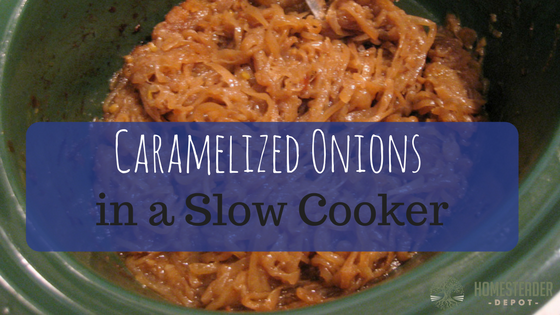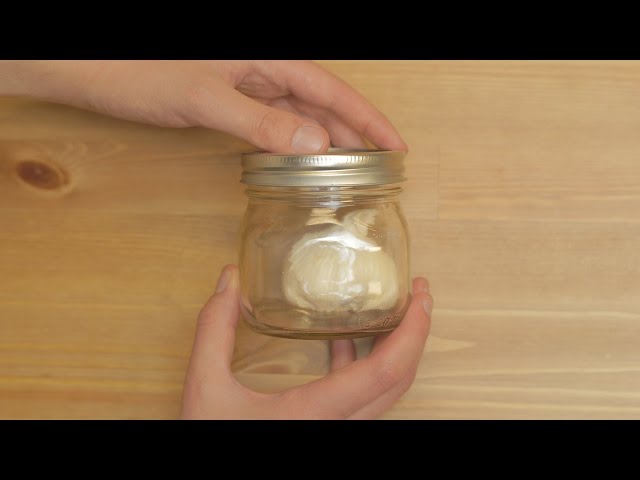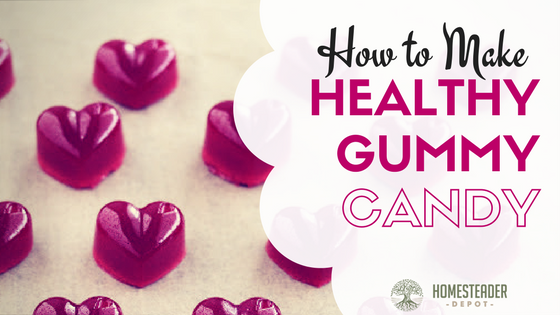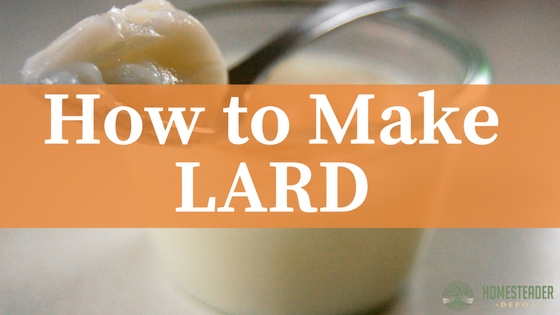How To Make Caramelized Onions in a Slow Cooker
I don’t know about you, but I love caramelized onions. What I don’t love is spending half an hour in front of my stove, stirring the onions and waiting for them to get to just the right degree of caramelized. Caramelized onions are a delicious addition to a wide variety of dishes, from soups to … Read more








